Undergraduate Research Alumni
Barrett's Honors Students
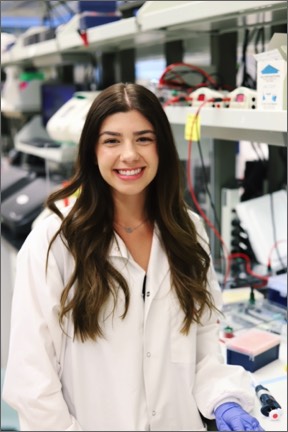
Christina Gallante
Undergraduate Research Student
Email: Christina.Gallante@asu.edu
Establishing transgenic worm strains to identify differentially expressed miRNAs in dystrophin deficient C. elegans muscle
Thesis Committee Chair (spring 2017 – 2019).
Honors Thesis Abstract: My project seeks to establish dystrophin deficient worm strains to allow for the isolation of miRNAs and their 3'UTR target binding sites specifically in the C. elegans body muscle. To accomplish this, I am crossing dystrophin deficient worm strains, cx18 and eg33, with worms expressing GTF fused to the argonaute protein, alg-1, in order to eventually isolate and sequence the muscle specific miRNAs and their 3'UTR targets. This will allow for a functional analysis of differentially expressed miRNAs in dys-1 dependent muscle degeneration.
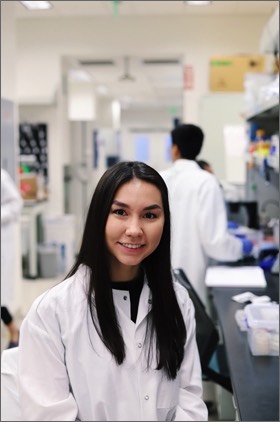
Shannon OBrien
Barrett Honors College undergraduate student
Email:Shannon.Obrien@asu.edu
Study of the expression pattern and tissue specific roles of the Caenorhabditis elegans dystrophin glycoprotein complex
Thesis Committee Chair (spring 2017 – 2019).
Honors Thesis Abstract: Duchenne muscular dystrophy (DMD) is a lethal, X-linked disease which occurs in approximately 1 in 3,500 male births. This disease is characterized by progressive muscle
wasting and causes premature death. One of the earliest symptoms of this disease is mitochondrial dysfunction. Dystrophin is a protein found under the sarcolemma. The N terminus binds to actin and the C terminus binds to dystrophin glycoprotein complex (DGC). DMD is caused by mutations in the dystrophin gene. C. elegans possess an ortholog of dystrophin, DYS-1. Though there is evidence that C. elegans can be used as a model organism to model DMD, nematode DGC has not been well characterized.
Additionally, while we know that mitochondrial dysfunction has been found in humans and other model organisms, this has not been well defined in C. elegans. In order to address these issues, we crossed the SJ4103 worm strain (myo-3p::GFP(mit)) with dys-1(cx18) in order to visualize and quantify changes in mitochondria in a dys-1 background. SJ4103;cx18 nematodes were found to have less mitochondrial than SJ4103 which suggests mitochondrial dysfunction does occur in dys-1 worms. Furthermore, mitochondrial dysfunction was studied by knocking down members of the DGC, dys-1, dyb-1, sgn-1, sgca-1, and sgcb-1 in SJ4103 strain. Knock down of each gene resulted in decrease in
abundance of mitochondria which suggests that each member of the DGC contributes to the overall health of nematode muscle. The ORF of dyb-1 was successfully cloned and tagged with
GFP in order to visualize this DGC member C. elegans. Imaging of the transgenic dyb-1::GFP worm shows green fluoresce expressed in which suggests that dyb-1 is a functional component of the muscle fibers. This project will enable us to better understand the effects of dystrophin deficiency on mitochondrial function as well as visualize the expression of certain members of the DGC in order to establish C. elegans as a good model organism to study this disease.
Shannon is now a research Tech in Dr. Mangone's Lab
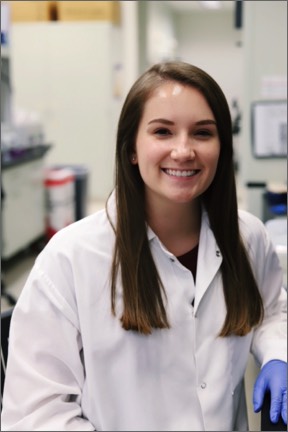
Hannah Steber
Barrett Honors College undergraduate student
Email:Hannah.Steber@asu.edu
Establishing transgenic worm strains to validate differentially expressed gene in dystrophin deficient C. elegans muscle
Thesis Committee Chair (spring 2017 – 2019).
Honors Thesis Abstract: Cleavage and polyadenylation is a step in mRNA processing in which the 3'UTR is cleaved and a polyA tail is added to create a final mature transcript. This process relies on RNA sequence elements that guide a large multimeric protein complex named the Cleavage and Polyadenylation Complex to dock on the 3'UTR and execute the cleavage reaction. Interactions of the complex with the RNA and specific dynamics of complex recruitment and formation still remain largely uncharacterized. In our lab we have identified an Adenosine residue as the nucleotide most often present at the cleavage site, although it is unclear whether this specific element is a required instructor of cleavage and polyadenylation. To address whether the Adenosine residue is necessary and sufficient for the cleavage and polyadenylation reaction, we mutated this nucleotide at the cleavage site in three C. elegans protein coding genes, forcing the expression of these wt and mutant 3'UTRs, and studied how the cleavage and polyadenylation machinery process these genes in vivo. We found that interrupting the wt sequence elements found at the cleavage site interferes with the cleavage and polyadenylation reaction, suggesting that the sequence close to the end of the transcript plays a role in modulating the site of the RNA cleavage. This activity is also gene-specific. Genes such as ges-1 showed little disruption in the cleavage of the transcript, with similar location occurring in both the wt and mutant 3'UTRs. On the other hand, mutation of the cleavage site in genes such as Y106G6H.9 caused the activation of new cryptic cleavage sites within the transcript. Taken together, my experiments suggest that the sequence elements at the cleavage site somehow participate in the reaction to guide the cleavage reaction to occur at an exact site. This work will help to better understand the mechanisms of transcription termination in vivo and will push forward research aimed to study post-transcriptional gene regulation in eukaryotes.
Hannah is now a PhD student in Dr. Mangone's Lab
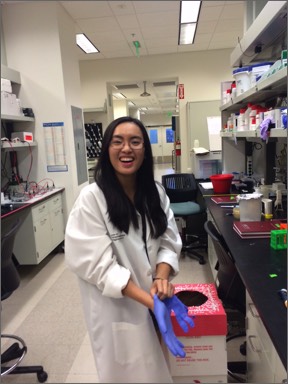
Thuy—Duyen (Clara) Nguyen
Barrett Honors College undergraduate student
C. elegans as a Model to Study Muscle Specific Changes in Duchenne Muscle Dystrophy.
Thesis Committee Chair (spring 2013 – 2016).
Honors Thesis Abstract: Duchenne Muscular Dystrophy (DMD) is an X-linked recessive disease characterized by progressive muscle loss and weakness. This disease arises from a mutation that occurs on a gene that encodes for dystrophin, which results in observable muscle death and inflammation; however, the genetic changes that result from dystrophin's dysfunctionality remain unknown. Current DMD research uses mdx mice as a model, and while very useful, does not allow the study of cell-autonomous transcriptome changes during the progression of DMD due to the strong inflammatory response, perhaps hiding important therapeutic targets.C. elegans, which has a very weak inflammatory response compared to mdx mice and humans, has been used in the past to study DMD with some success. The worm ortholog of the dystrophin gene has been identified as dys-1 since its mutation phenocopies the progression of the disease and a portion of the human dystrophin gene alleviates symptoms. Importantly, the extracted RNA transcriptome from dys-1 worms showed significant change in gene expression, which needs to be further investigated with the development of a more robust model. Our lab previously published a method to isolate high-quality muscle-specific RNA from worms, which could be used to study such changes at higher resolution. We crossed the dys-1 worms with our muscle-specific strain and demonstrated that the chimeric strain exhibits similar behavioral symptoms as DMD patients as characterized by a shortened lifespan, difficulty in movement, and a decrease in speed. The presence of dys-1 and other members of the dystrophin complex in the body muscle were supported by the development of a resulting phenotype due to RNAi knockdown of each component in the body muscle; however, further experimentation is needed to reinforce this conclusion. Thus, the constructed chimeric C. elegans strain possesses unique characteristics that will allow the study of genetic changes, such as transcriptome rearrangements and dysregulation of miRNA, and how they affect the progression of DMD.
Clara is a Medical School Student at Texas A&M University
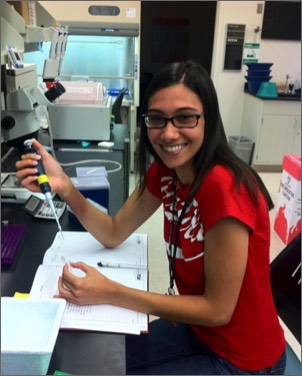
Carine Otto
Barrett Honors College undergraduate student
Genome–wide analysis of the role of CstF in alternative polyadenylation in C. elegans.
Thesis Committee Chair (summer 2012 – 2013).
Honors Thesis Abstract: The formation of mRNA 3'ends and alternative polyadenylation (APA) carry important roles in post-transcriptional regulation of gene expression and are associated with proliferation, development and disease. The 64-kDa subunit of cleavage stimulation factor (CstF-64) forms one half of the protein complexes involved in precursor mRNA recognition and polyA site selection during 3' end processing. The binding requirements of this protein are poorly characterized compared to its counterpart, the 160kDa subunit of cleavage and polyadenylation specificity factor (CPSF-160). To better understand the role of CstF-64 in 3' end processing, a system to map its binding sites in C. elegans by HITS-CLIP and study patterns of developmental expression was devised. An IP-tagged GFP fusion protein of the C. elegans homolog of CstF-64 was fused to both GFP and a 3xFLAG IP epitope, and then cloned and expressed in C. elegans under the control of the CstF-64 promoter and 3'UTR. This enterprise was met with some difficulty and required numerous corrections, but eventually the desired CstF-64 fusion protein was successfully expressed in C. elegans. In the interim, an alternate system to study patterns of expression was developed by expressing polyA binding protein (PAB-1) under the control of the CstF-64 promoter and 3'UTR in C elegans.
Preliminary imaging analysis of this worm strain suggests expression of CstF-64 in worms does not begin until after the start of gastrulation during embryogenesis. Furthermore, expression appears to be strongest in nervous tissue. These results warrant further analysis of developmental expression. The worm strain expressing the desired CstF-64 fusion protein is currently being screened for integrants, and once validated the strain will allow for the genome-wide mapping of the CstF-64 binding site on pre-mRNA by HITS-CLIP.
Carine is now a graduate student in Utah State University School of Veterinary Medicine
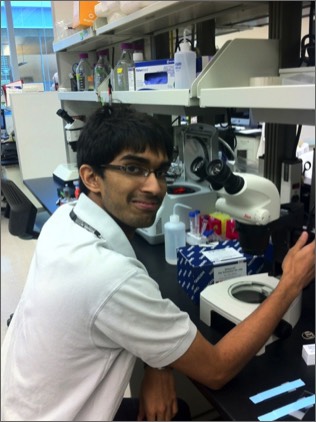
Kasuen Kotagama
Barrett Honors College undergraduate student
High throughput verification of miRNA targets in the 3`UTRs of C. elegans. Thesis Committee Chair (summer 2012–2013).
Honors Thesis Abstract: miRNAs are short non-coding regulatory RNAs that have an important roles in a wide range of biological processes. Dysfunction of miRNA regulation has also been shown to occur in diseases such as cancer. Despite the widespread influence of miRNAs in these contexts, the vast majority of miRNA targets are poorly characterized. The aim of this research project was to gain a better understating of miRNA targeting by using the model organism C. elegans. In order to do this I adapted a novel high-throughput assay to detect miRNA targets for use with the C. elegans 3`UTRome. As a proof of principle I performed this assay on 96 C. elegans 3`UTRs using high-throughput techniques. The results revealed miRNA interactions with two predicted 3`UTR targets for the miRNA lin-4 and ten unpredicted targets. The results also corroborated previous findings that certain worm miRNAs require special modifications to be expressed in human cells.
Kasuen is now a graduate student in the Molecular & Cellular Biology program in the School of Life Sciences at ASU
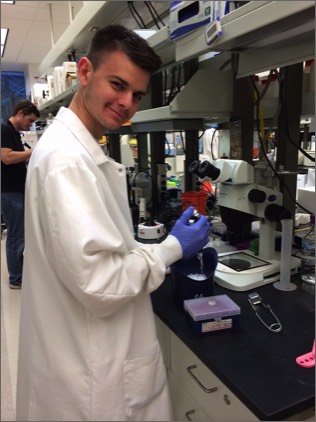
Henry Wilky
Barrett Honors College undergraduate student .
Developing a Sensor Worm Strain to Detect Cleavage and Polyadenylation in vivo.
Thesis Committee Chair (Summer 2013 – Spring 2015).
Honors Thesis Abstract: Alternative polyadenylation (APA) is the biological mechanism in which the same gene can have multiple 3'untranslated region (3'UTR) isoforms due to the presence of multiple polyadenylation signal (PAS) elements within the pre mRNAs. Because APA produces mRNA transcripts that have different 3'UTR isoforms, certain transcripts may be subject to post-transcriptional regulation by regulatory non-coding RNAs, such as microRNAs or RNA binding proteins, defects of which have been implicated in diseases such as cancer. Despite the increasing level of information, functional understanding of the molecular mechanisms involved in transcription is still poorly understood, nor is it clear why APA is necessary at a cell or tissue-specific level. To address these questions I wanted to develop a set of sensor strain plasmids capable of detecting cleavage and polyadenylation in vivo, inject the complete sensor strain plasmid into C. elegans and prepare stable transgenic lines, and perform proof-of-principle RNAi feeding experiments targeting genes associated with the cleavage and polyadenylation complex machinery. I demonstrated that it was possible to create a plasmid capable of detecting cleavage and polyadenylation in C. elegans; however, issues arose during the RNAi assays indicating the sensor strain plasmid was not sensitive enough to the RNAi to effectively detect in the worms. Once the problems involved with sensitivity and variability in the RNAi effects are resolved, the plasmid would be able to better address questions regarding the functional understanding of molecular mechanisms involved in transcription termination.
Henry is now a Research Technician at Princeton University
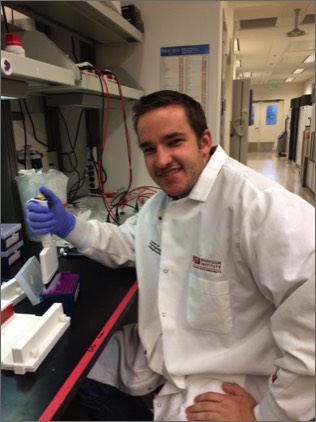
Dustin Weigele
Barrett Honors College undergraduate student.
miRNA Targeting: In depth review of biologically significant mechanisms and a bioinformatic approach to identifying targeting sequences in C. elegans.
Thesis Committee Chair (Summer 2013 – Fall 2014).
Honors Thesis Abstract: microRNAs (miRNAs) are short ~22nt non-coding RNAs that regulate gene output at the post-transcriptional level. Via targeting of degenerate elements primarily in 3'untranslated regions (3'UTR) of mRNAs, miRNAs can target thousands of varying genes and suppress their protein translation. The precise mechanistic function and biological role of miRNAs is not fully understood and yet it is a major contributor to a plethora of diseases, including neurological disorders, muscular disorders, and cancer. Certain model organisms are valuable in understanding the function of miRNA and therefore fully understanding the biological significance of miRNA targeting. Here I report a mechanistic analysis of miRNA targeting in C. elegans, and the bioinformatic approaches necessary to aid in further investigation of their targeted sequences. A few of the biologically significant mechanisms discussed in this thesis include alternative polyadenylation, RNA binding proteins, components of the miRNA recognition machinery, miRNA secondary structures, and their polymorphisms. This thesis also discusses a novel bioinformatic approach to studying miRNA biology, including computational miRNA target prediction software, thermodynamic analysis, and sequence complementarity. This thesis allows a better understanding of miRNA biology and presents an ideal strategy for approaching future research in miRNA targeting.
ASU School of Life Sciences Undergraduate Students
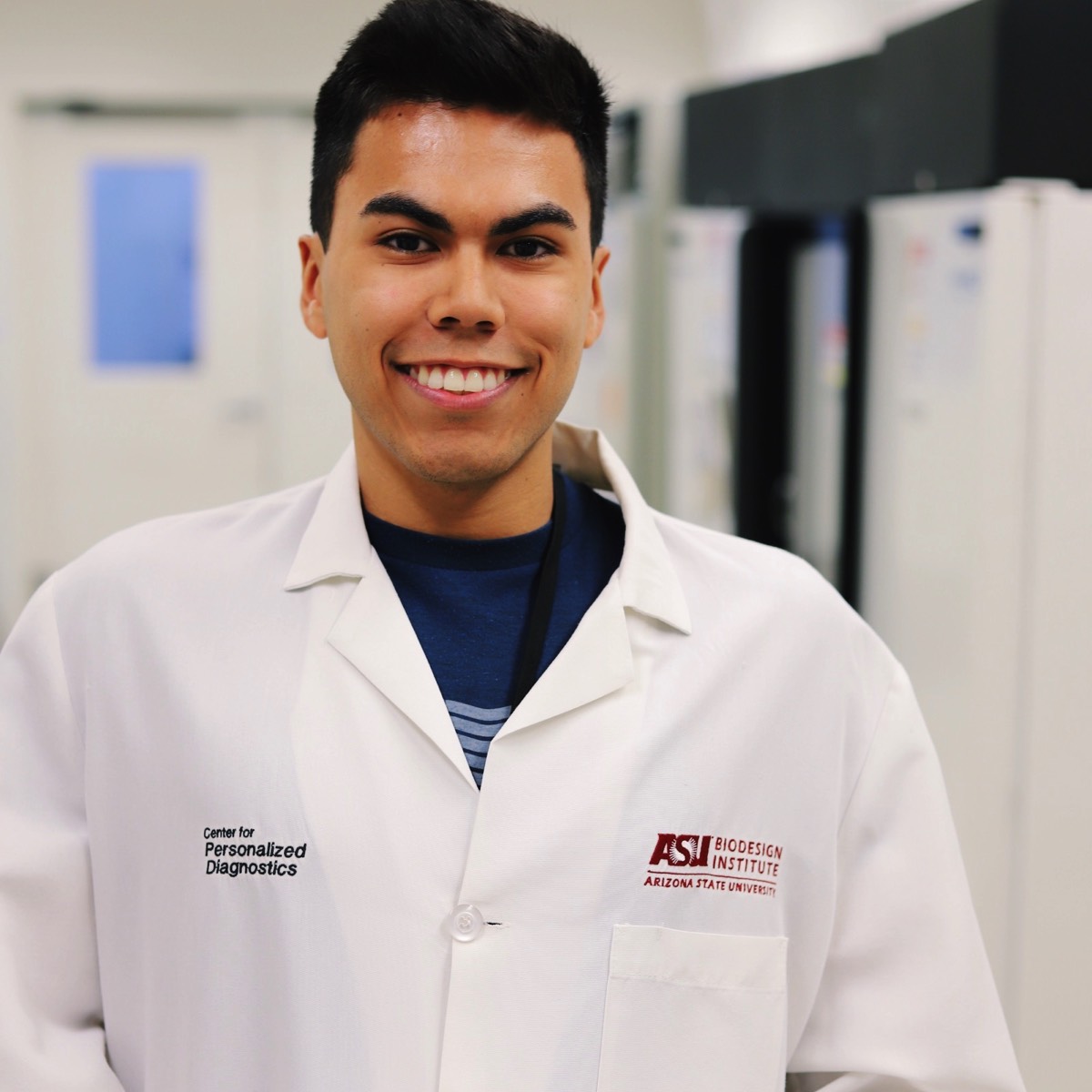
Aleandro Felix Mejia
2018-2021
2018-2021
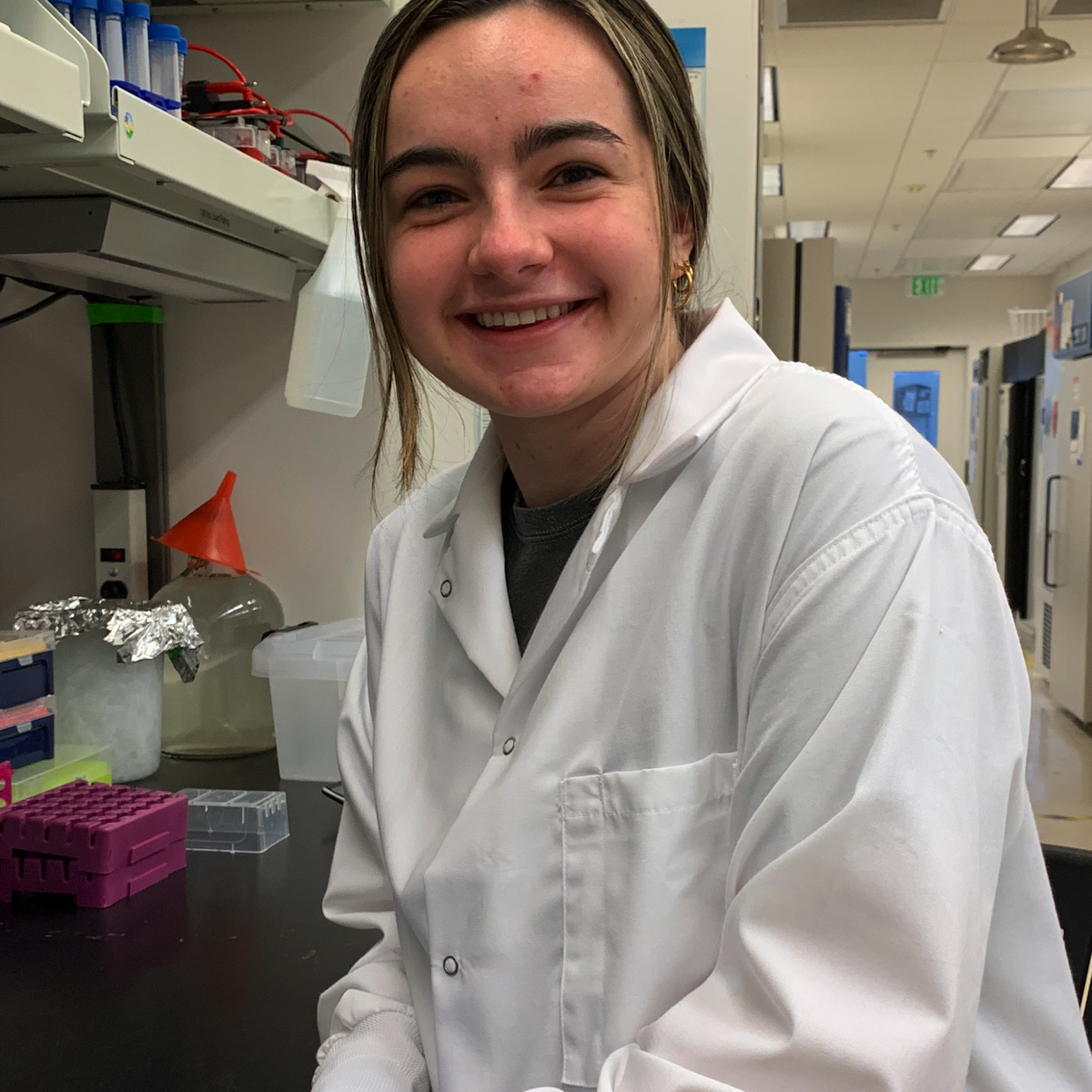
Carleigh Kendall
2019-2021
2019-2021
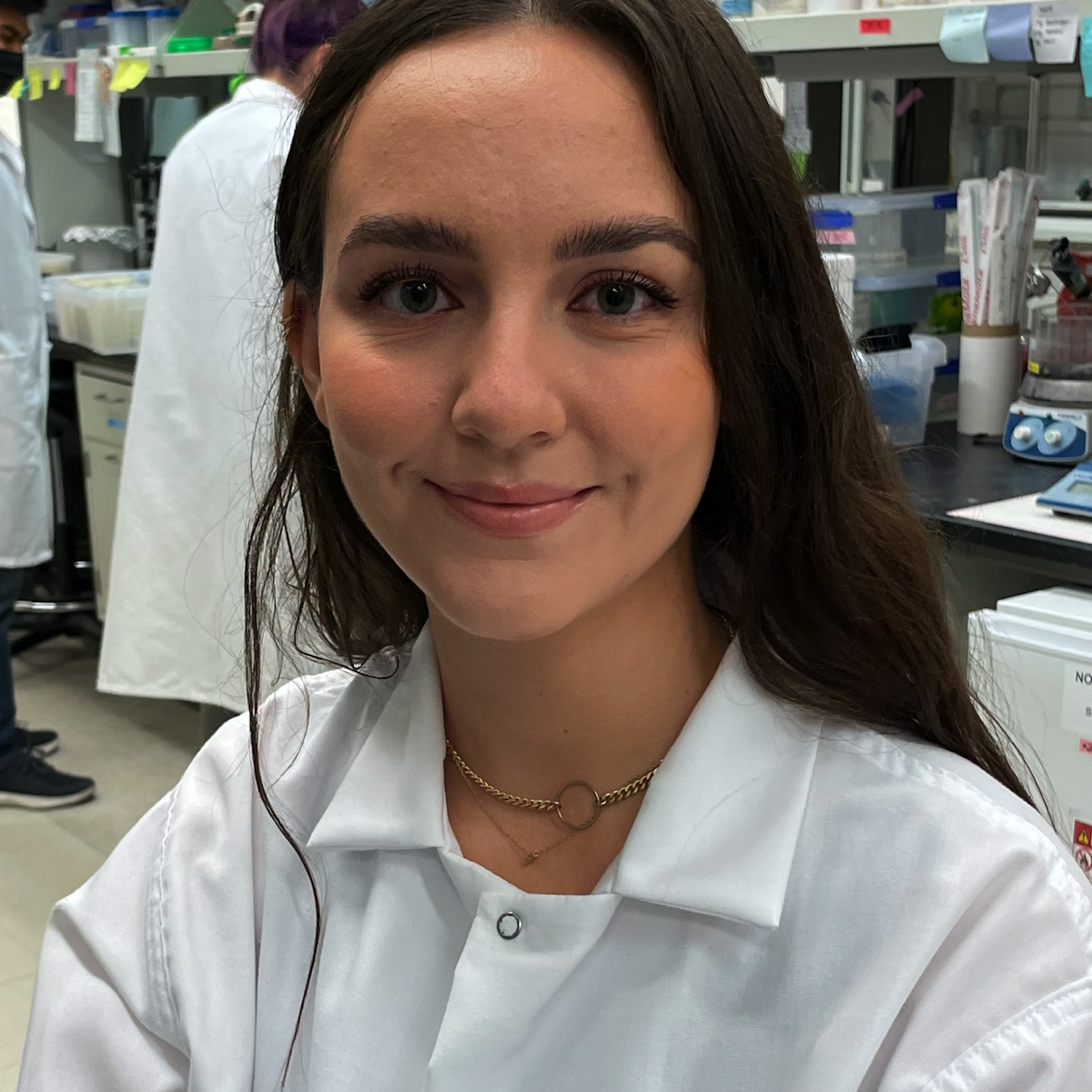
Mairead Heyza
2019-2021
2019-2021
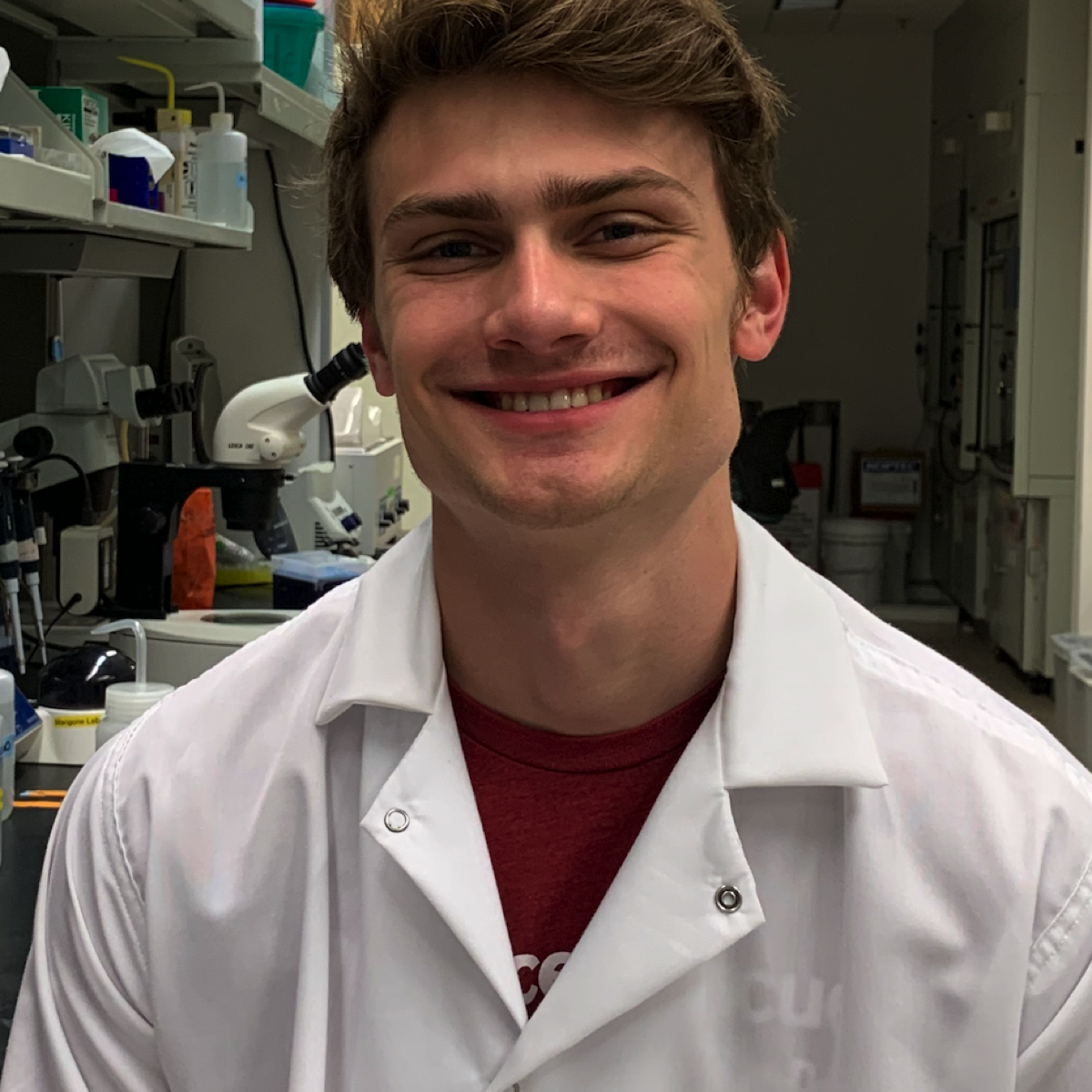
Brody Erfle
2019-2021
2019-2021
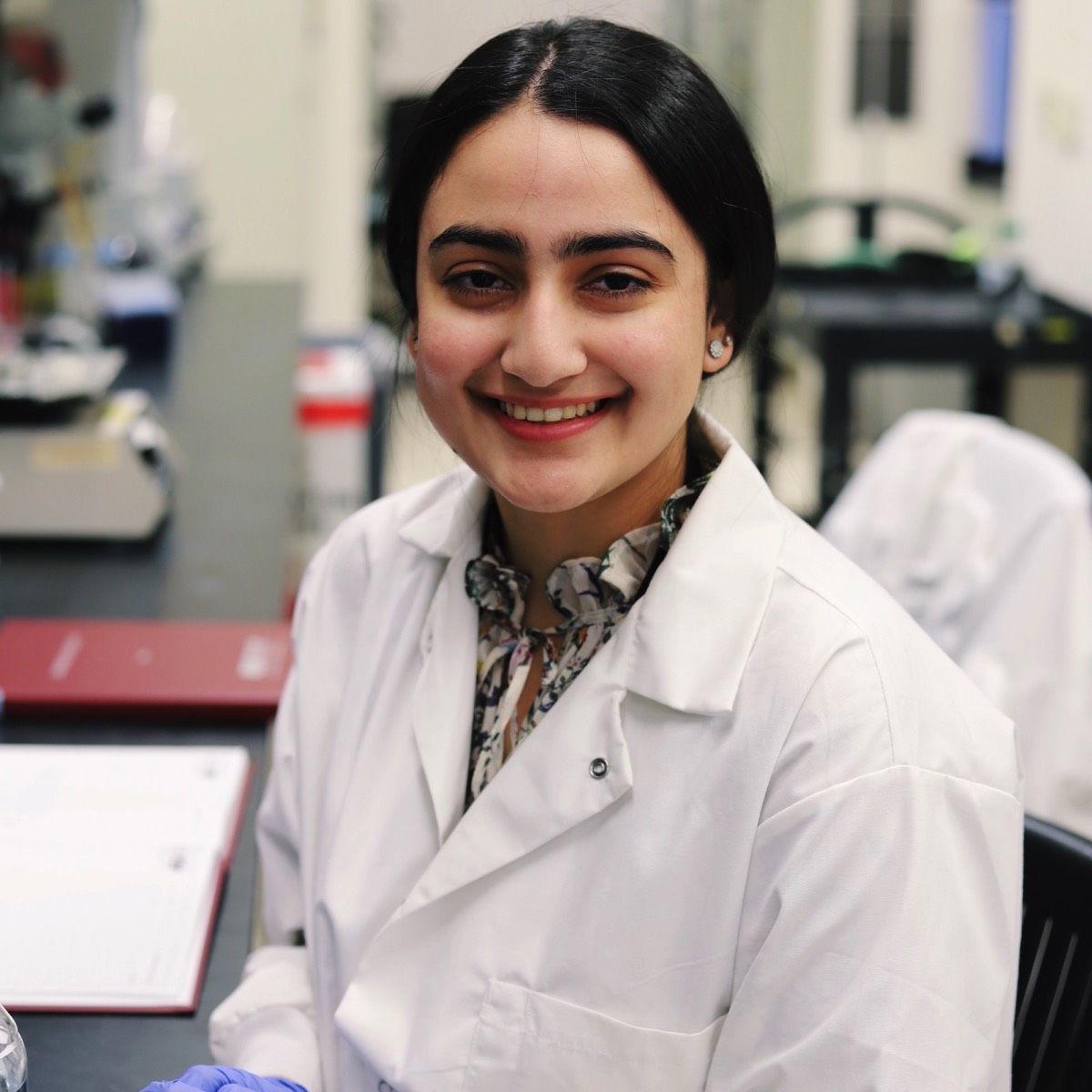
Avina Naqvi
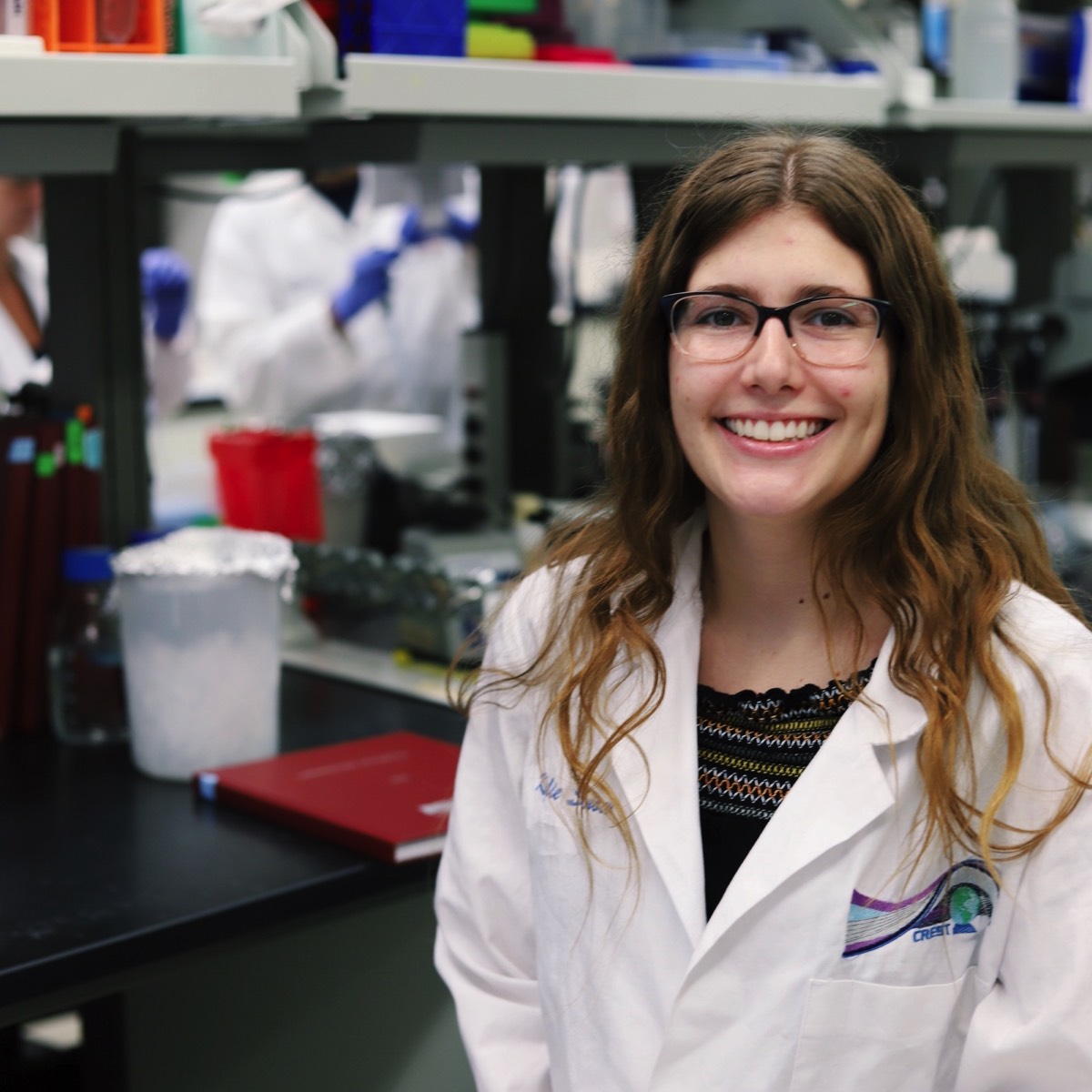
Kylie Snow
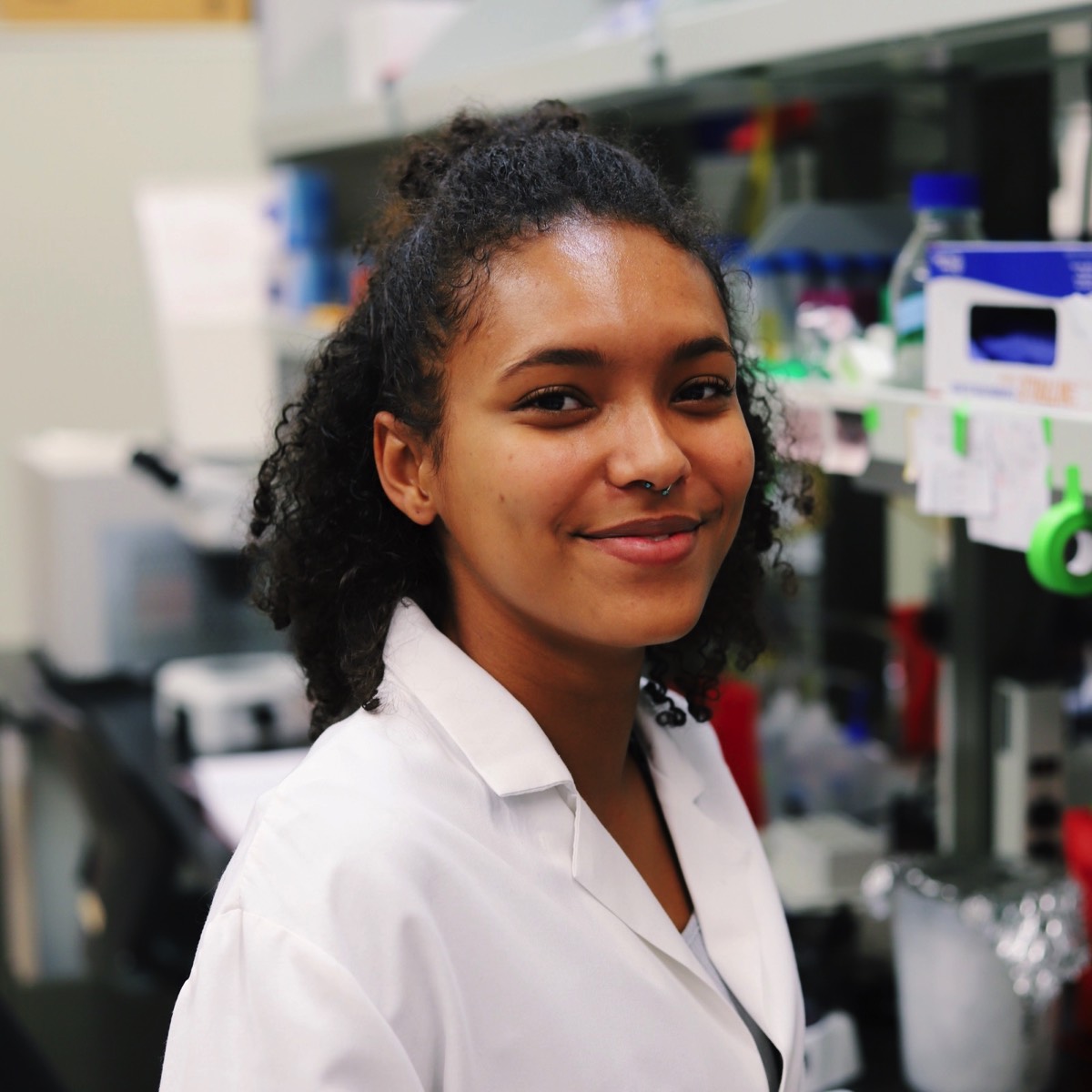
Aleah Deptula
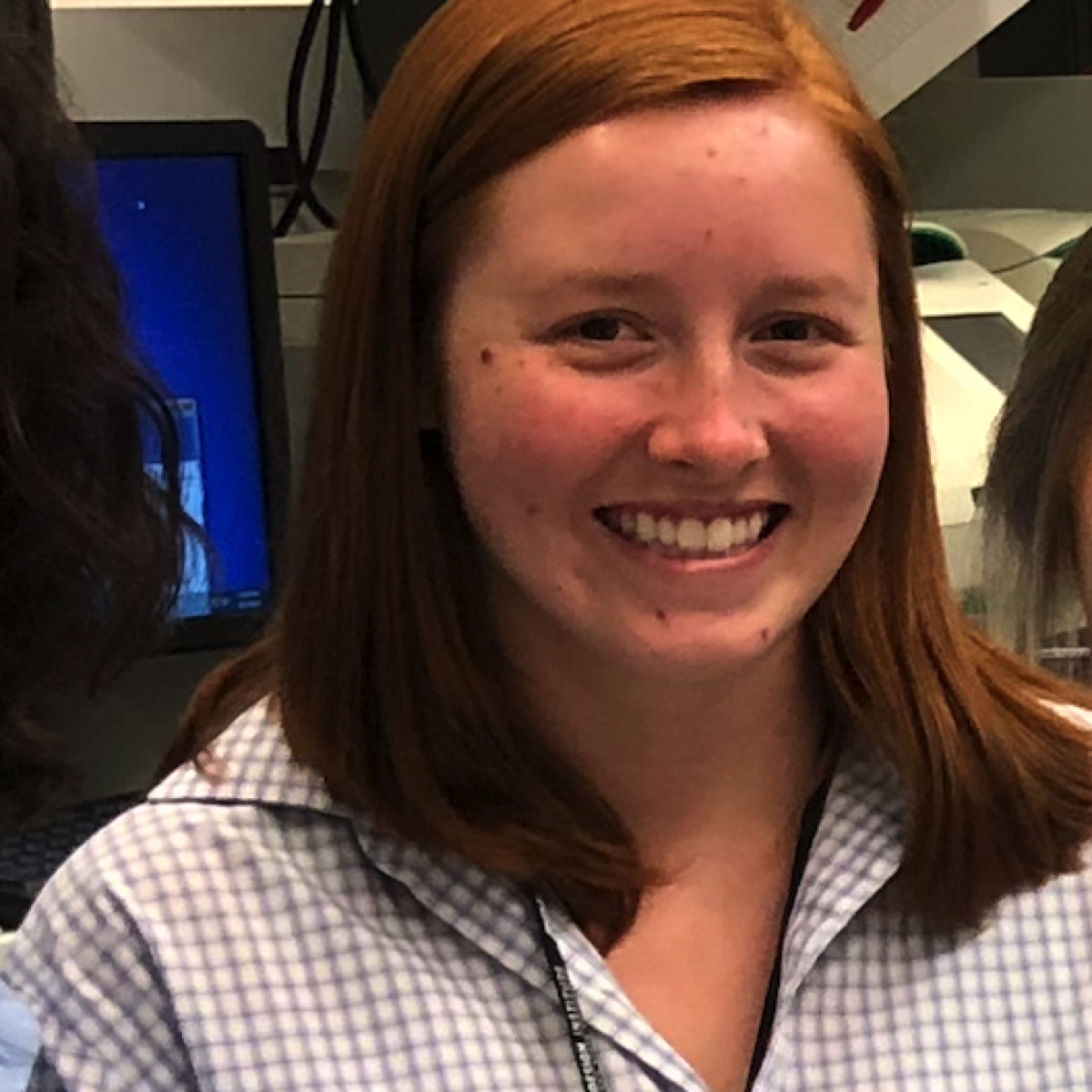
Sarah Ellsworth
2016-2018
2016-2018
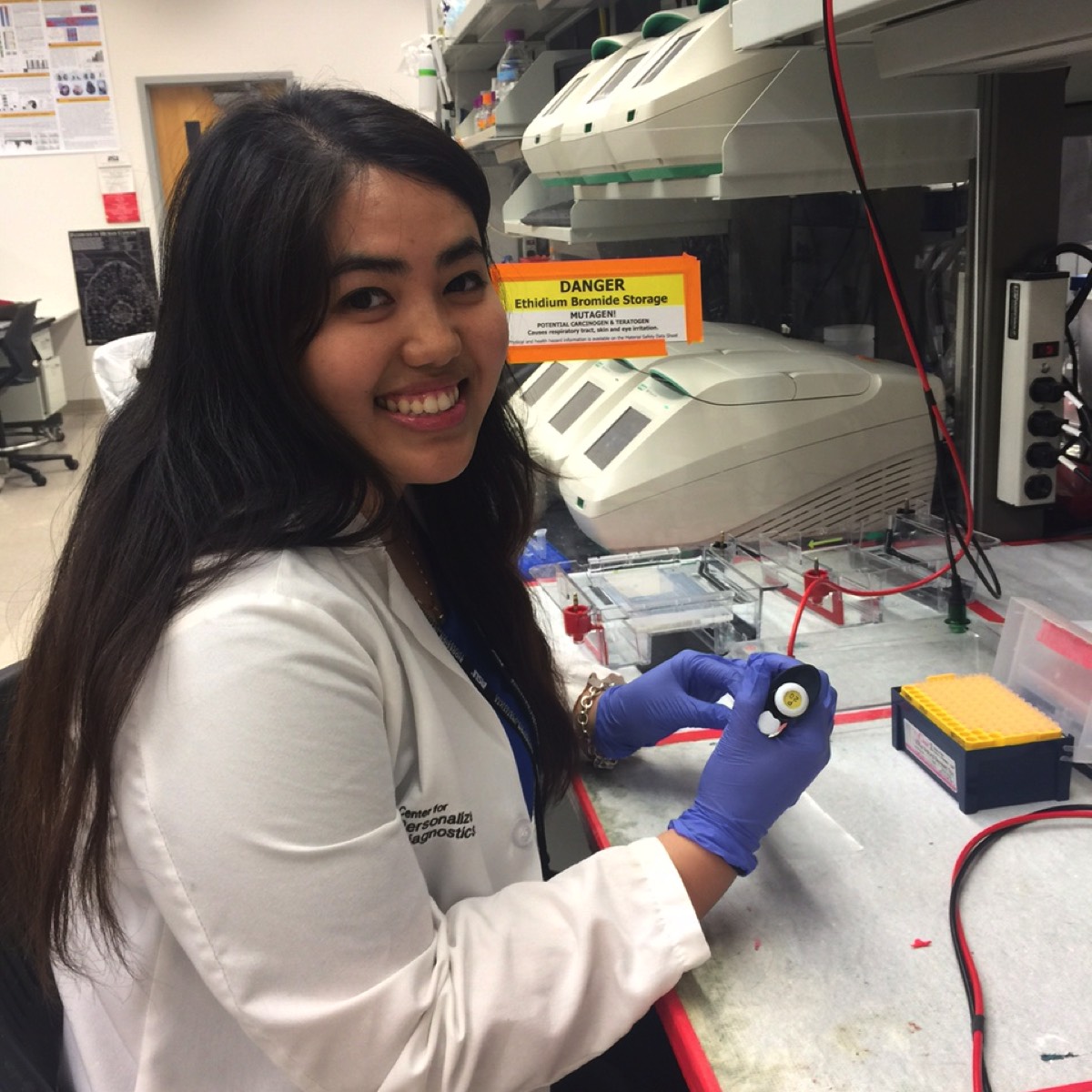
Sandy Lee
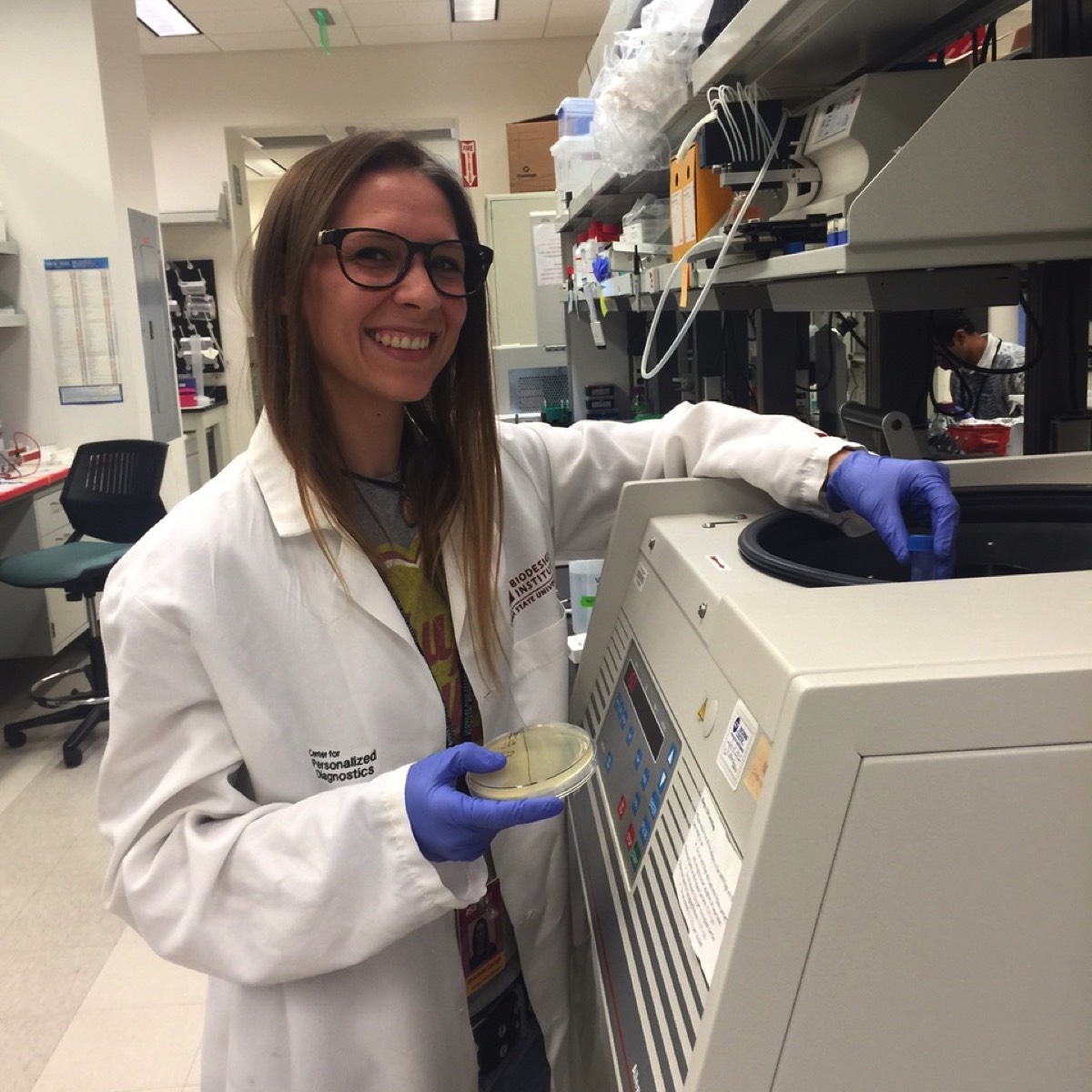
Shantelle George
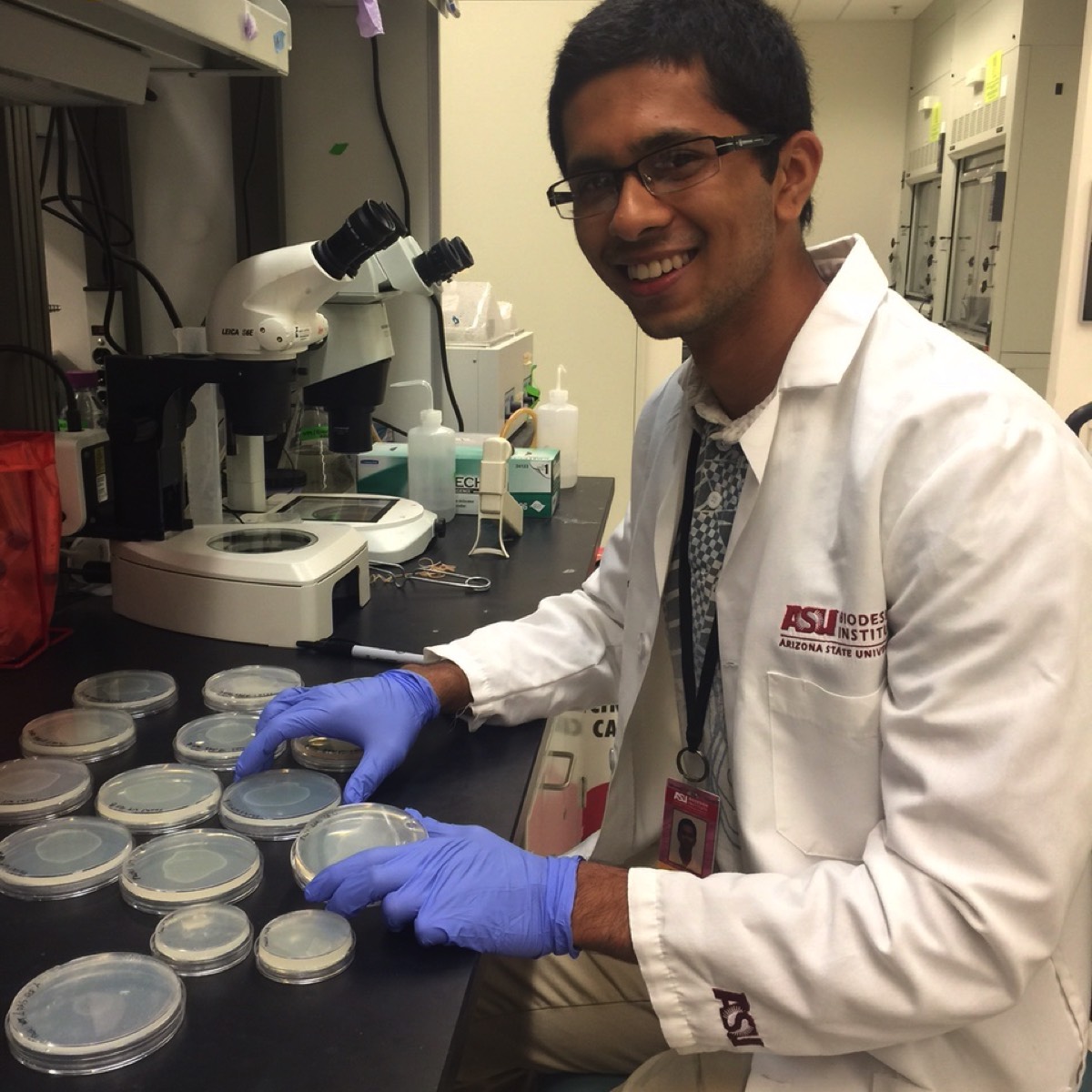
Rajan Joshi
2015-2016
2015-2016

Alexander Linse
2015-2016
2015-2016
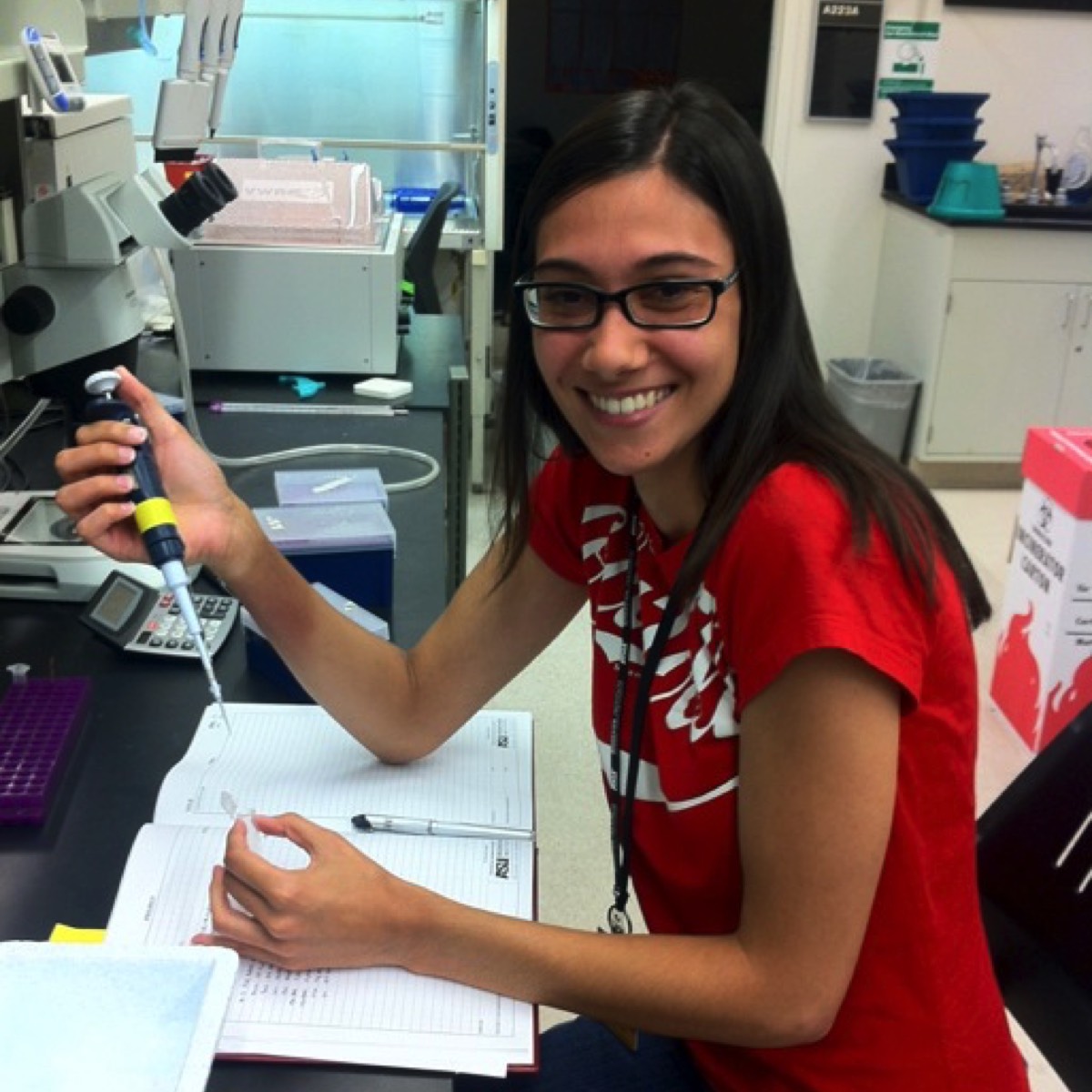
Carina Otto
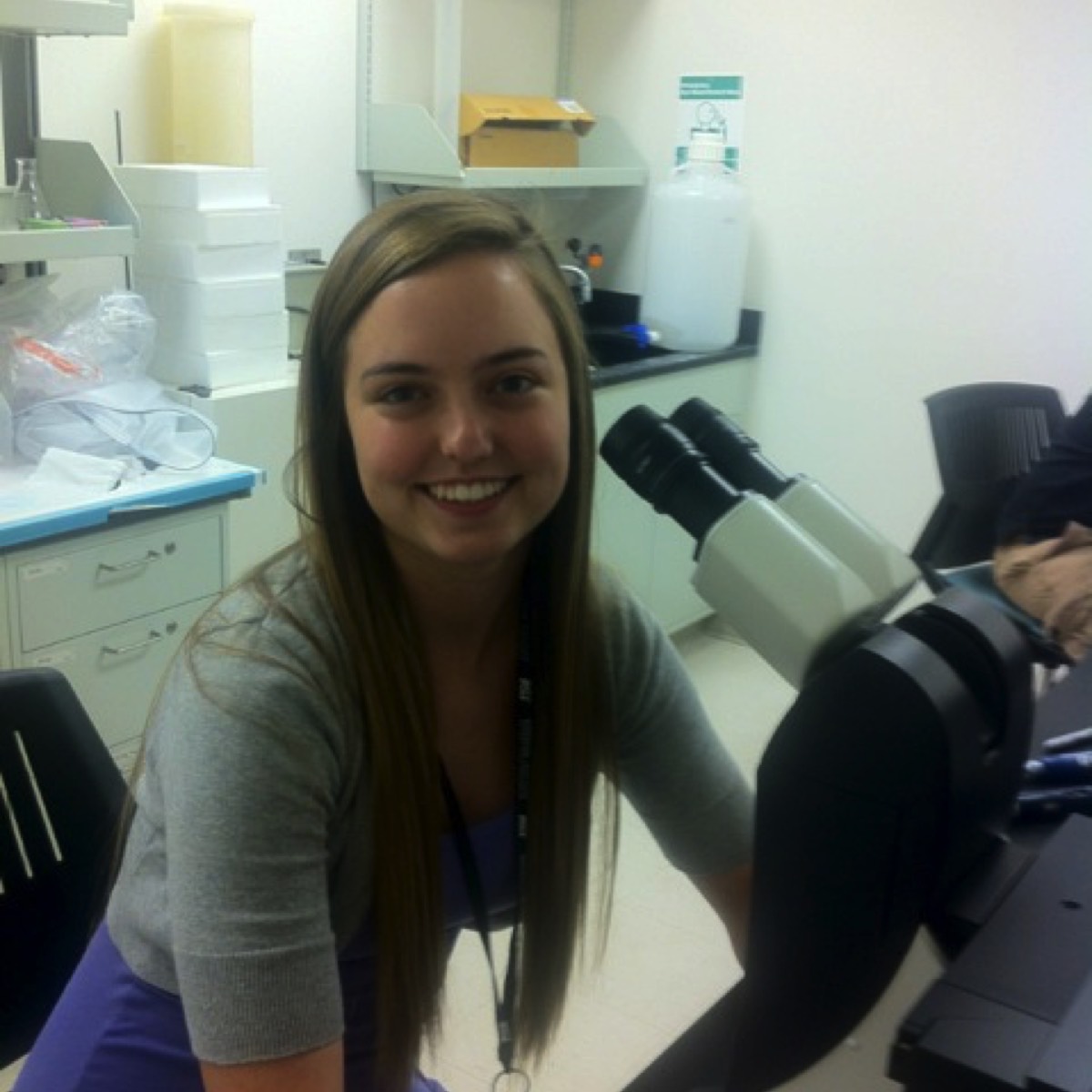
Cherie Lynch

Nicole Labban
ASU Undergraduate Student.
A method to detect tissue–specific miRNA expression in C. elegans".
(Summer 2013 – Fall 2014)

Dasia Garcia
ASU Undergraduate Student.
The human 3'UTRome project"
(Graduated in Spring 2015)
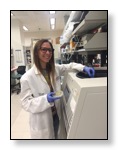
Shantelle George
ASU Undergraduate Student.
3'UTR localization in eukaryote.
(Summer 2015 – 2016)

Amanda Phomsavanh
ASU Undergraduate Student.
miRNA evolution".
(Summer 2015 – 2016)

Christina Nguyen
ASU Undergraduate Student.
The human 3'UTRome project.
(Summer 2015 – 2016)

Danielle Matter
ASU Undergraduate Student.
Primers design for 3'RACE analysis in human genes.
(Graduated in 2012)

Amanda Wolfe
ASU Undergraduate Student.
Primers design for 3'RACE analysis in human genes.
(Graduated in 2012)

Molly Shaw
ASU Undergraduate Student.
Post–transcriptional gene regulation by miRNAs.
(Graduated in 2012)

Mari Firago
ASU Undergraduate Student.
Project title: "Genome–wide analysis of 3'UTRs in humans".
(Graduated in 2012)
Mari is now enrolled in the Biomedical Informatics Master's Program at ASU/Mayo Clinic

Jeffrey Jones
ASU Undergraduate Student.
A human 3'UTRome for cancer research".
(Graduated in 2012)
Jeffrey is now enrolled in the doctorate program in pharmaceutical sciences at Midwestern University
